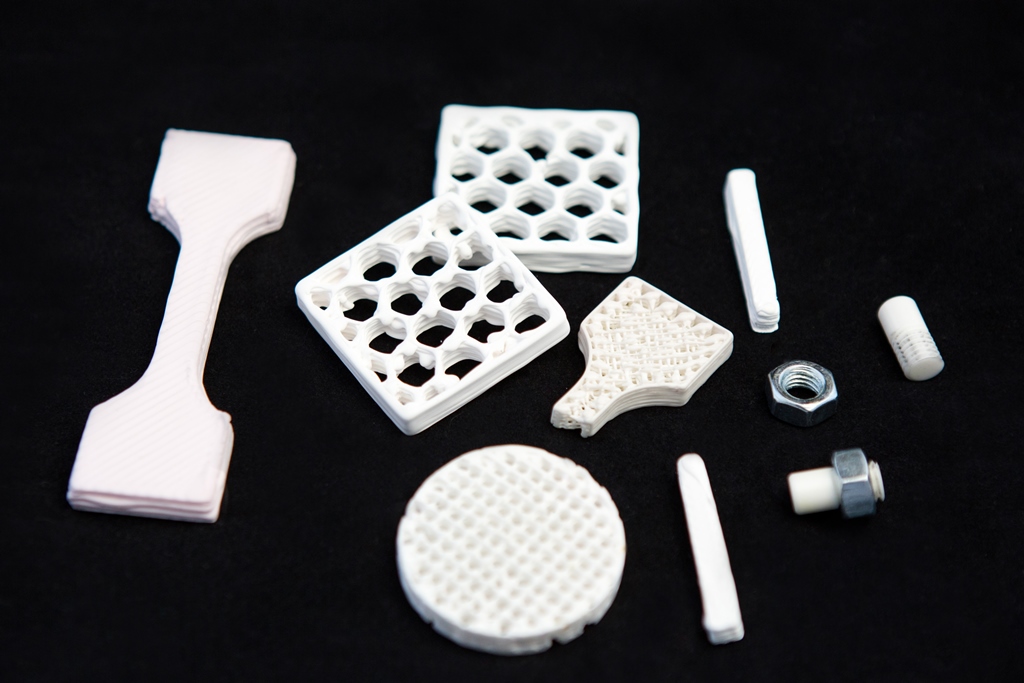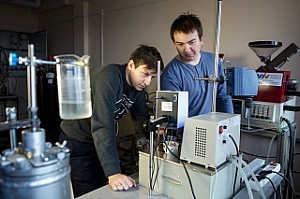TSU scientists are creating new materials for 3D printing ceramic products. They adapted nanopowders for additive technologies - aluminum and zirconium oxides, which are widely available on the market but used only for pressing and sintering at high temperatures. The physicists discovered how to make materials for 3D printing ceramic parts from these compounds that can be used in conditions of high mechanical loads and temperatures, for example, in space.
- Scientists around the world came to the conclusion that it is impossible to use ceramic nanopowders for those types of 3D printing using laser alloying,- says Vladimir Promakhov, an staff member of the TSU Laboratory of High-Energy Systems and New Technologies and head of the FabLab laboratory at Siberian Design Center. - The reason is that the physical properties of ceramics do not allow obtaining the qualitative structure of materials by fusing powders. Products of complex geometry with a given structure are obtained only by casting polymer-ceramic compositions into steel molds with further sintering in high-temperature furnaces. Despite all the advantages, the high cost of this method is a significant disadvantage.
The cost of manufacturing a metal casting mold depends on the complexity of the product’s shape. If a customer needs 10 test samples for a new engineering solution, producing them will be economically unprofitable. TSU scientists were able to solve this problem by creating polymer-ceramic compositions suitable for such additive technologies as stereolithography and Fused Deposition Modeling printing. In addition to nanopowders of ceramics, the polymer-ceramic compositions include a binder material that is removed after printing.
Along with developing materials and studying their physical and mechanical characteristics, scientists are engaged in predicting the behavior of products obtained using a 3D printer. Testing in virtual conditions allows them to see how the part will behave under the influence of dynamic, static, and thermal loads.
Another area of application of new materials may be the space industry. As an experiment, researchers printed prototypes of possible frameworks for a sandwich panel made of composite materials. These designs have a large margin of safety and durability. Lightweight three-dimensional panels are capable of withstanding the load to which spacecraft are subjected, and can be used to protect satellites from micrometeorites and space debris.
Project completion is scheduled for the end of 2020, by which time scientists will develop a line of new materials for additive technologies.
The developments by TSU researchers have already attracted the attention of industrialists. Recently, a Krasnoyarsk enterprise interested in acquiring durable pins for abrasive production approached the scientists. Industries currently use steel parts whose service life is less than 30 hours. The pins made of polymer ceramics printed at TSU proved to be 10 times stronger than steel and can be operated much longer. Currently, products are being tested in Krasnoyarsk.


